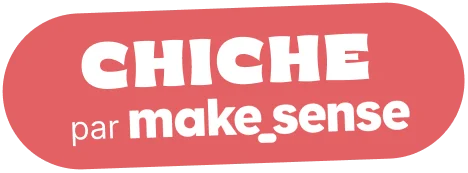
Description de l'événement
Coloring is not just about filling spaces with flat colors; it can also be a way to experiment with depth and dimension. Adding three-dimensional effects to coloring pages makes characters, objects, and landscapes look more realistic and engaging. With a few simple techniques, anyone can transform a basic page into an artwork that appears to pop off the paper.
The Science Behind 3D Effects in Coloring
Three-dimensional effects are created by simulating how light interacts with objects. According to visual perception studies by the American Psychological Association, our brains interpret shadows, highlights, and gradients as cues for depth. By applying these techniques on coloring pages, children and adults can practice both creativity and observational skills.
Choosing the Right Tools
To achieve realistic 3D coloring, the choice of tools is important. Colored pencils are ideal for shading and layering, while markers can be used to add bold contrasts. Blending tools, such as paper stumps or even cotton swabs, help create smooth transitions between light and dark areas. Digital coloring apps on tablets also provide brushes and blending options that mimic these effects. Websites like SSColoring.com allow users to download high-quality printable designs suitable for experimenting with 3D techniques.
Step One Understanding Light Source
The first step in creating 3D effects is to decide where the light is coming from. If the light is above, the top of the object should be lighter, while the underside should be shaded. Identifying a clear light source ensures consistent shading across the page and avoids a flat appearance.
Step Two Adding Shadows
Shadows are essential to depth. Apply darker shades on the side opposite the light source, and make shadows softer at the edges for a natural look. Research published in Vision Research journal highlights that gradual transitions in shading help viewers perceive more realistic three-dimensional forms.
Step Three Using Highlights
Highlights bring out the brightest areas where the light hits directly. Leaving small white spaces or using a white pencil or gel pen to add reflective spots can make objects look glossy or rounded. For example, coloring a balloon with darker edges and a bright highlight on one side gives it a spherical effect.
Step Four Blending Colors
Smooth blending is the key to avoiding harsh lines. By layering light colors first and then gradually adding darker shades, colorists can create natural gradients. A practical example is coloring an apple. Start with a light red base, darken one side with deeper red or maroon, and add a touch of yellow highlight where the light falls.
Applying 3D Effects to Different Themes
Three-dimensional techniques can be applied to many types of coloring pages. On animal drawings, shading fur with layers of brown and black gives a textured look. On geometric patterns, adding shadows to one side of each shape makes it appear raised. For children’s pages, such as cartoon characters available on SSColoring.com, soft highlights on eyes and rounded cheeks create a lively and playful appearance.
Real-World Examples
Educators often use 3D coloring projects to teach art principles in schools. In one classroom study conducted by Edutopia, students who practiced shading on simple shapes showed improved hand-eye coordination and greater artistic confidence. At home, parents can guide children by using simple objects like fruits or toys as real-life references when applying shading on coloring pages.
Conclusion
Creating 3D effects in coloring pages is a rewarding way to turn simple outlines into realistic and expressive artwork. By understanding light sources, applying shadows, adding highlights, and blending colors smoothly, anyone can achieve depth and dimension. With resources such as SSColoring.com offering free printable designs, families and educators have everything they need to practice and enjoy this advanced coloring technique.
On se cultive

La ChicheLetter , pour des lundis aussi excitants qu’un lama en rollers
Tous les lundis, reçois un shoot d’infos, de rendez-vous et d’actions pour tenir toute la semaine.


















